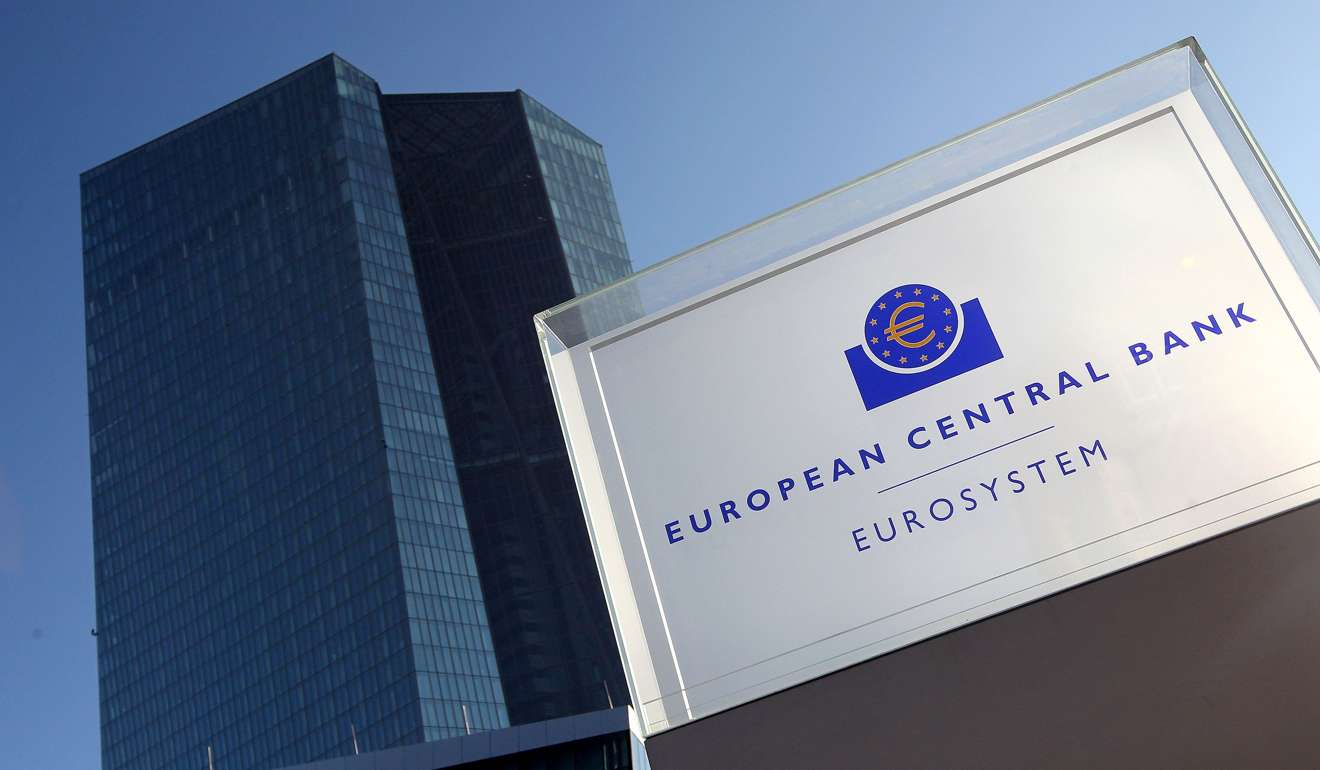
Crunch time fast approaching for Mario Draghi
The ECB president, will present its new set of inflation forecasts on Thursday afternoon and crucially, explain why he is keeping interest rates at sub-zero levels and continuing its two-year-old programme of quantitative easing

Last May, headline inflation in the eurozone was still in negative territory. Even as recently as November, consumer prices were growing by just 0.6 per cent on an annualised basis, less than a third of the target of the European Central Bank (ECB).
Fast forward four months and it is a different story altogether.
Last week, Eurostat, the European Union’s statistics agency, reported that headline inflation in the eurozone in February accelerated to 2 per cent (nominally above the ECB’s target) for the first time since January 2013.
In Spain, inflation is now running above 3 per cent while in Germany it has hit 2.2 per cent.
Indeed it is not just data on inflation which has proved stronger than expected over the past several months. Investor confidence in Europe’s single currency area has risen to its highest level since August 2007 while economic output last month expanded at its fastest pace in nearly six years.
IHS Markit, a data provider which produces closely watched Purchasing Managers’ Index (PMI) surveys, notes that recent data “paint a bright picture of a eurozone economy starting to fire on all cylinders.”
All this places Mario Draghi, the ECB president, in an awkward position when he holds his much-anticipated press conference on Thursday.

He will present the central bank’s new set of inflation forecasts and, crucially, explain why the ECB is keeping interest rates at sub-zero levels and continuing its two-year-old programme of quantitative easing (QE) in which it will be buying bonds at a pace of €60 billion (US$63 billion) a month until the end of this year.
While Draghi deserves some of the credit for the eurozone’s increasingly robust recovery, his arguments for maintaining ultra-loose monetary policies are no longer on firm ground, particularly in the eyes of his arch critics in Germany who believe the ECB should, at the very least, announce a clear exit strategy for QE.
German politicians have been vociferous in their criticism of the ECB’s negative interest rate policy which they claim is robbing citizens of their savings.
The sharp increase in inflation in Germany (which further erodes the real return on savings) is emboldening the German-led “hawks” in the ECB’s governing council, led by Jens Weidmann, the head of Germany’s central bank, to push for a meaningful scaling back, or “tapering”, of QE.
Even the mere possibility that the ECB will tweak its language in its press statement on Thursdayto reflect a more upbeat view of the outlook for the eurozone economy has fuelled speculation that Europe’s central bank will begin raising interest rates next year.
According to Bloomberg, markets are currently pricing in a rise of 10 basis points in the ECB’s deposit rate (currently at minus 0.4 per cent) in June 2018.
Pimco, a large asset manager, believes the time has come for the ECB to start to meaningfully wind down its asset purchases.
“There is a strong case for the ECB to continue tapering its QE programme, to alter its forward guidance and to begin normalising policy rates,” it said in a blog post on Wednesday.
Not so fast.
Draghi is very unlikely to run the risk of withdrawing policy accommodation too early.
While headline inflation in the eurozone may have shot up, the core rate, which excludes volatile food and energy prices, remains stuck just below 1 per cent, roughly where it has stood for the last year-and-a-half or so. This suggests that the jump in consumer prices stems almost entirely from the recent spike in oil prices. This so-called “base effect” will diminish later this year, making it unlikely that the pick-up in inflation is a durable and self-sustaining one.
Just as importantly, the ECB is acutely aware of the mistakes it committed in 2008 and 2011 when it tightened monetary policy prematurely, exacerbating the effects of the eurozone sovereign debt crisis.
There is also no need for Europe’s monetary guardian to withdraw stimulus significantly given that a tightening in financial conditions has already occurred. Germany’s benchmark 10-year bond yield, which was still negative in early October, has risen 50 basis points since the end of September. Its Italian equivalent, meanwhile, has shot up more than 100 basis points.
Still, Draghi has his work cut out on Thursday.
He will have to placate the German-led hawks in the ECB’s governing council while reassuring markets that QE is not about to come to a sudden end.
“Super Mario”, as Draghi is often called, needs to step up to the plate once again.
Nicholas Spiro is a partner at Lauressa Advisory